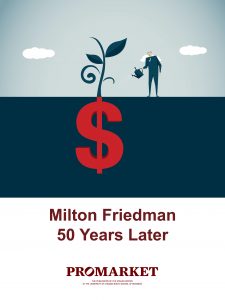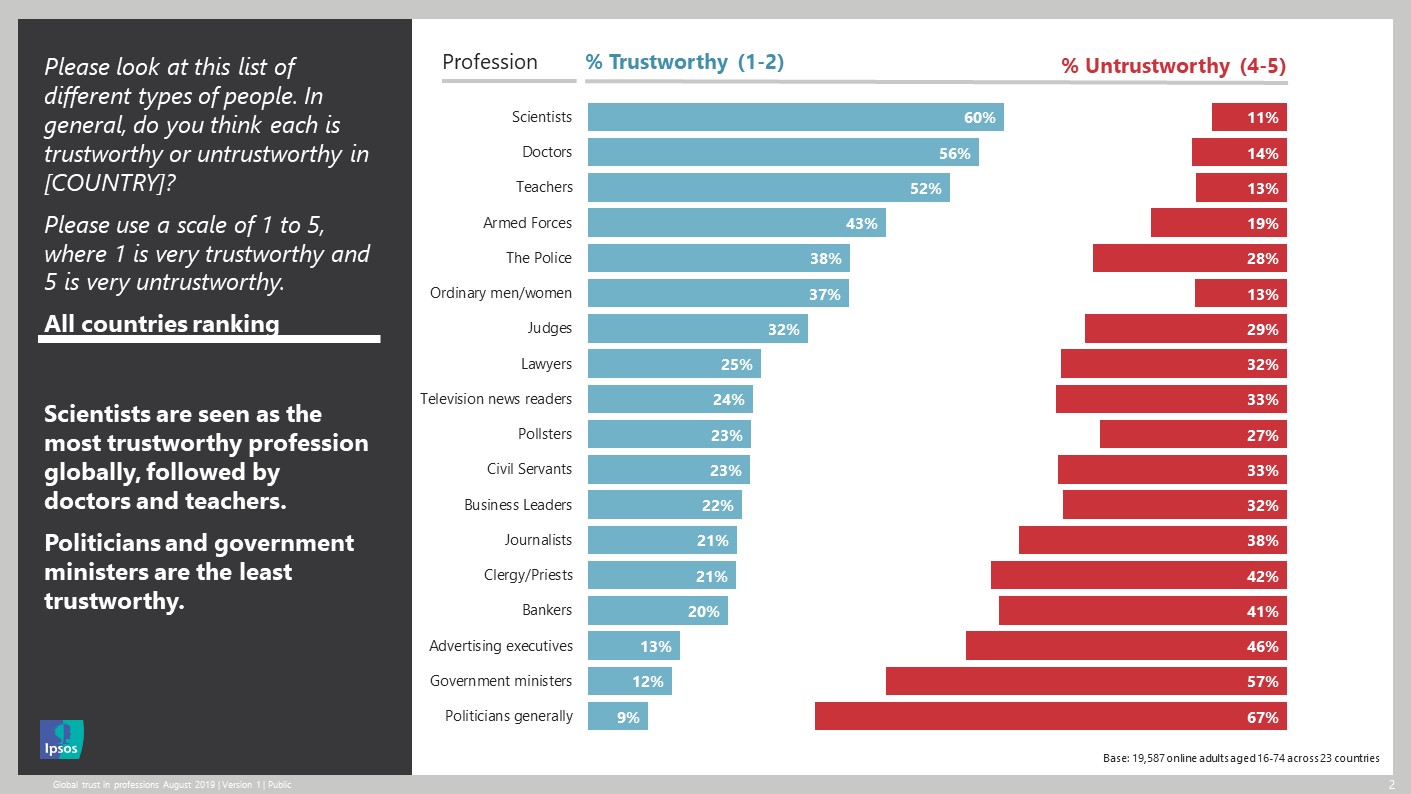Variation is not bad or unwarranted per se. To some extent, variation should always exist, because patients are unique and different. Care could be called appropriate when decisions reflect such differences, especially differences in informed patient preference [1].
Variation may be unwarranted when it cannot be explained by sensitivity to patient characteristics or well-informed preferences. In this perspective, we propose alternative hypotheses for mechanisms underlying unwarranted variation in healthcare and propose new target points for research to better understand, reduce and improve unwarranted variation in care quality in daily medical practice.
A key element in this new focus in research should be on the complex cohesion of network effects, reflective medicine, patient beliefs and objective criteria for treatment choices.
After all these years and the large amount of research on variations in medical practice, it's time to act.
















